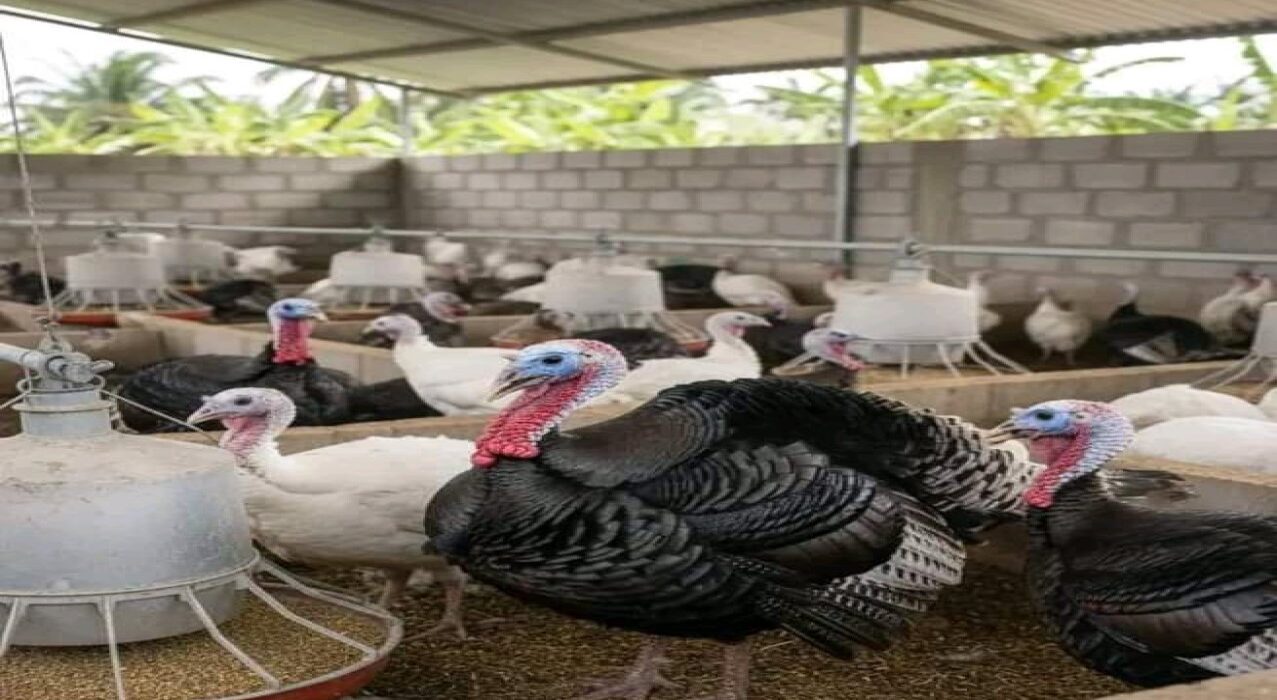Protecting Turkeys from cold nights without heaters

Keeping turkeys warm during cold nights can be a challenge, especially for farmers without access to electricity or modern heating systems. In many rural areas, power outages and limited resources make it difficult to maintain consistent warmth for poultry. However, turkeys are naturally hardy birds that can withstand low temperatures if provided with the right housing, feeding and care practices.
By using simple, affordable and locally available materials, you can keep your turkeys comfortable and healthy throughout cold seasons without relying on electric heaters.
Understanding the impact of cold on turkeys
Turkeys are strong birds, but prolonged exposure to cold, damp or windy environments can weaken their immune systems and reduce productivity. When temperatures drop significantly at night, young or small-bodied birds are at risk of hypothermia, frostbite and respiratory diseases. Adult turkeys can tolerate moderate cold, but they still need dry, wind-free shelters to conserve body heat.
Cold stress can also affect feed conversion and growth rates. When birds use more energy to stay warm, less energy is available for weight gain and egg production. Therefore, maintaining warmth is not just a comfort issue, it directly influences the health and profitability of your flock.
Use thick, dry bedding
One of the simplest ways to keep turkeys warm is to provide deep, dry bedding on the floor of their shelter. Materials such as straw, hay or wood shavings are excellent insulators that trap body heat and prevent cold from seeping through the ground. During the night, turkeys rest on this bedding, which forms a natural layer of warmth beneath them.
For best results, make sure the bedding is at least 10 to 15 centimeters thick and always dry. Damp bedding can quickly draw heat away from the birds and create breeding grounds for bacteria and parasites. Regularly turn and replace wet or soiled material to maintain hygiene and warmth.
Block cold winds and drafts
Wind is one of the main culprits behind heat loss in turkey housing. Even a small draft can chill the birds and lower their body temperature. To block cold winds, cover the open sides of your turkey house with materials like old sacks, plastic tarpaulins or canvas sheets at night. Check for cracks, holes or gaps in the walls and seal them with mud or cloth.
However, remember that ventilation is still necessary to remove moisture and ammonia from droppings. The key is to balance protection and airflow , keep the wind out but allow fresh air to circulate gently through small vents above the birds’ roosting height.
Build low roof shelters
The design of the shelter plays a critical role in retaining heat. A low-roof structure is more effective at trapping warmth because heat naturally rises. In contrast, high and open shelters lose warmth quickly. If you are building or renovating a turkey house, keep the roof low enough to prevent unnecessary air space but high enough for easy movement and cleaning.
Roofing materials such as iron sheets, thatch, or timber can be used depending on what is available locally. Adding an insulating layer under the roof, such as dry grass or old sacks, can further reduce heat loss during cold nights.
Encourage group roosting
Turkeys are social animals, and they naturally huddle together for comfort. Group housing helps them share body heat and stay warm through the night. Ensure your housing space allows birds to roost or sit close to one another without overcrowding.
Install wooden perches or roosting bars slightly above the floor to keep them away from cold, damp bedding. Turkeys prefer to roost at night and this habit helps them conserve heat and feel secure. Avoid placing roosts too close to walls where condensation can create cold drafts.
Provide energy-rich feed before nightfall
Feeding turkeys a high-energy meal before nightfall helps them generate internal body heat. Grains such as maize, wheat or cracked corn are ideal because they take longer to digest, releasing heat slowly throughout the night. You can also mix a small amount of vegetable oil or sunflower seeds into their feed for extra energy.
Ensure the birds have access to clean, slightly warm drinking water in the evening. Cold water can lower their body temperature, while warm water helps maintain internal warmth and promotes good digestion.
Keep the shelter dry and clean
Moisture is a silent enemy during cold weather. Wet bedding, leaking roofs or poor drainage increase humidity, making the cold more intense. Always repair leaks promptly and raise water containers to prevent spillage. If possible, build the turkey house on slightly raised ground to prevent rainwater from flowing in.
Dry surroundings not only help maintain warmth but also prevent respiratory infections and fungal growth, which are common in damp poultry houses.
You don’t need electricity or fancy equipment to protect your turkeys from cold nights. With a little creativity, planning and care, you can create a warm and healthy environment using affordable, locally available materials. Thick bedding, wind protection, low-roof shelters and good feeding practices all contribute to keeping your birds safe and productive during the cold season.
A warm turkey is a healthy turkey and a healthy turkey means better growth, higher egg production and greater profits for you as a farmer. By combining traditional knowledge with simple management practices, you can ensure your flock thrives even when temperatures drop.











